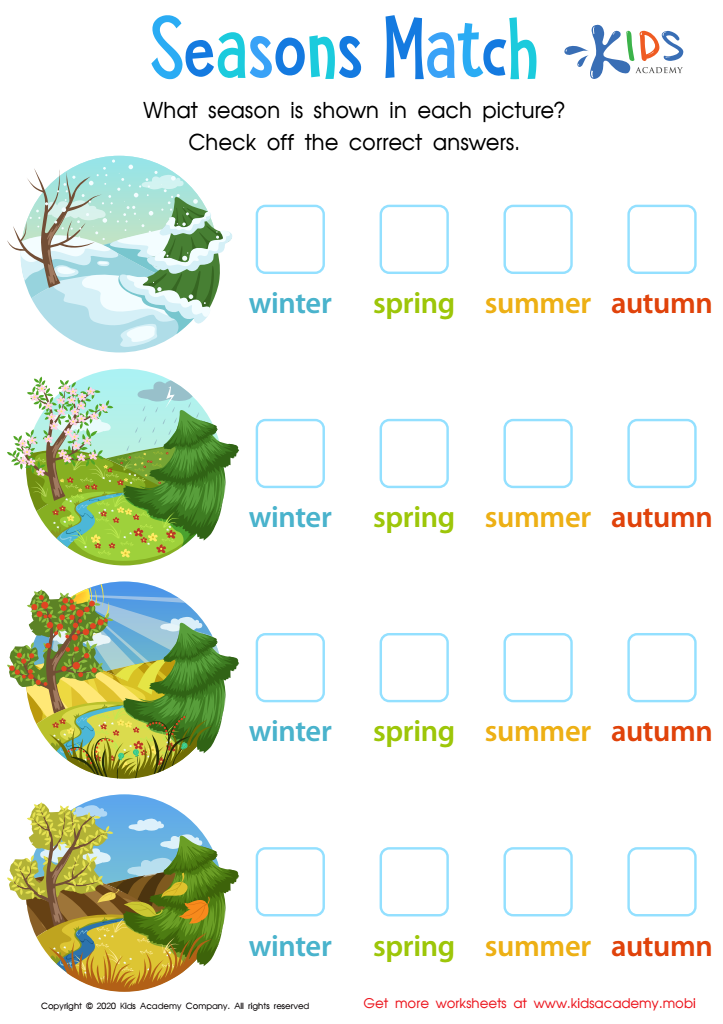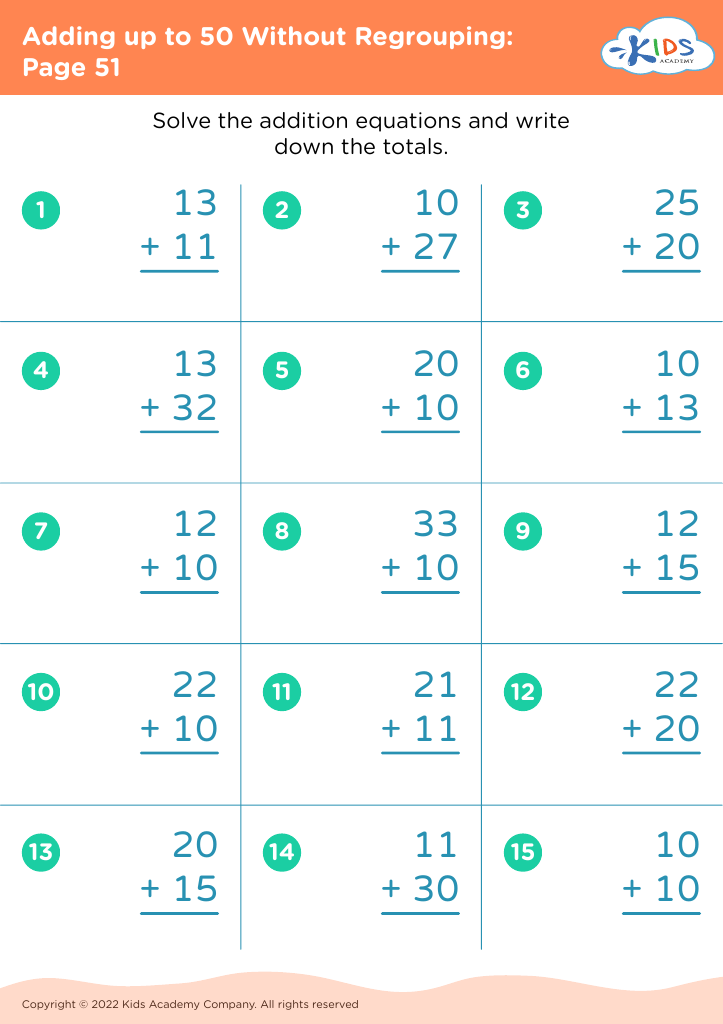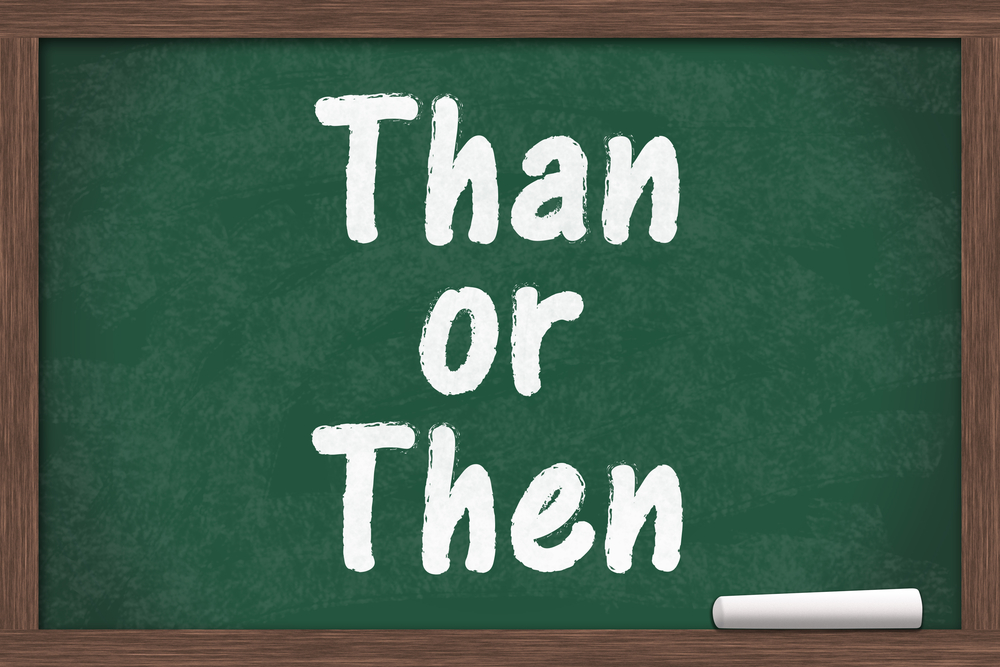Visual recognition Worksheets for Ages 7-9
5 filtered results
-
From - To
Enhance your child's visual recognition skills with our meticulously crafted worksheets designed for ages 7-9. These engaging activities aim to develop keen observation and attention to detail, crucial for academic success. The worksheets feature an array of fun and educational tasks, from identifying patterns and sequences to matching and spotting differences. Each exercise is thoughtfully created to strengthen visual processing abilities, promoting cognitive growth and enhancing overall learning. Perfect for classroom use or at-home practice, these worksheets provide a creative and interactive way to support your child's developmental journey in a playful yet effective manner.


Match It up Worksheet


Seasons Match Worksheet


Skip Counting by 10 Through Our Community Worksheet


Match the Picture Worksheet
Visual recognition is a significant cognitive skill, especially for children aged 7-9, as it plays an essential role in various aspects of their development. For parents and teachers, nurturing this skill in young children can lead to multiple benefits in both their academic and social lives.
First, visual recognition enhances reading abilities. Understanding letters, recognizing word patterns, and discerning spaces between words are foundational for learning to read fluently. As children recognize and remember visual cues, they can decode words faster, improving reading comprehension and speed.
Second, visual recognition contributes to learning in subjects like mathematics, where recognizing shapes, patterns, and spatial relationships is crucial. This skill helps children solve problems more efficiently as they become better at interpreting and analyzing visual information.
Furthermore, it supports physical coordination and sports activities. When children develop keen visual recognition, they can more accurately judge distances and motions, crucial for skills like catching a ball or navigating playground obstacles. This in turn promotes healthier levels of physical activity and coordination.
Lastly, strong visual recognition abilities aid in social interactions. Facial expressions, body language, and other non-verbal cues are key components of communication, and children who are adept at recognizing these can respond more empathetically and effectively in social situations.
In conclusion, fostering visual recognition in children aged 7-9 can have substantial benefits across reading, mathematics, physical activities, and social interactions, contributing to their overall development and growth.
 Assign to My Students
Assign to My Students



















